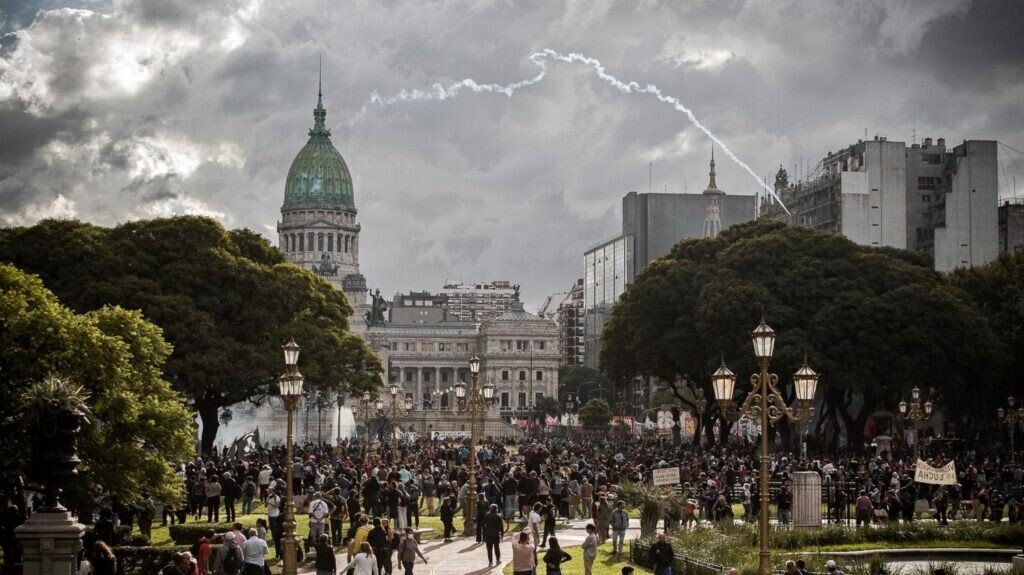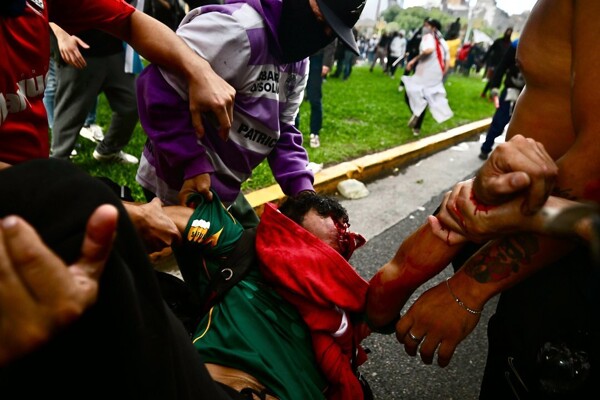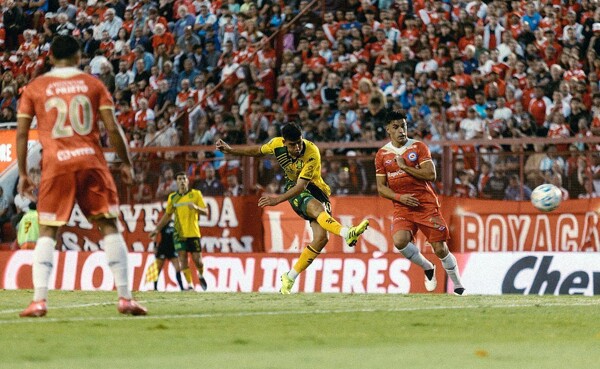
The Argentine government faces mass mobilizations, allowing them on the streets while ideologically confronting them. The strategy is to maintain confrontation in the face of social protest, although without countering repressive action. The fact of engaging in the battle represents an advancement in the quality of the protest. In a recent mobilization, there were barricades with significant support, and part of the demonstrators resorted to self-defense tactics in response to repression.
During the march, water cannons tried to disperse the demonstrators but did not achieve their goal. There were attempts to create new barricades on the way to the Government House and in Plaza de Mayo. Resistance remained strong despite repression and violence. Social and political organizations were not the main drivers of resistance this time, demonstrating spontaneous and mass activism.
The day highlighted the lack of institutional reaction capacity in the face of norm violations and repression. The far-right fears a social uprising, even as it continues to secure the necessary political support. Collective resistance was essential to confront repressive brutality. The government's strategy of total confrontation will continue despite the protests.
It is crucial that each day of struggle strengthens popular resistance. A mass call is essential to accumulate forces. Preparing for the future involves denouncing violations, organizing communities, and resisting in the streets. The resistance to repression was led by demonstrators aiming to confront it, reaffirming their refusal to resign and the dignity of the struggle.
Mobilizations became unpredictable for the repressive apparatus, resulting in a notable level of resistance. Popular participation was diverse, including young people, adults, and football fans. The confrontations revealed a majority willingness to resist and a collective response to repression. The mobilization went beyond traditional organizations, demonstrating a diverse and committed popular subject.













